Imagine yourself casting your line into the vast ocean, the possibilities of what you might reel in stretching out before you like an endless horizon.
From the tranquil waters of a river to the depths of the ocean, the range of fish you can catch with line fishing is as diverse as the waters they inhabit.
But what exactly lurks beneath the surface waiting to be hooked? Stay tuned to uncover the secrets of what fish you can target with line fishing, and discover the thrill of landing your next big catch.
Key Takeaways
- Bass, trout, catfish, redfish, snapper, and salmon are popular fish species for line fishing.
- Seasonal availability influences fish activity, with different species thriving in various seasons.
- Hand lining offers a sustainable and rewarding fishing experience with proper technique and adherence to regulations.
- Target specific fish like tuna using barbless hooks, chumming the water, and respecting catch limits for conservation.
Types of Common Fish Species
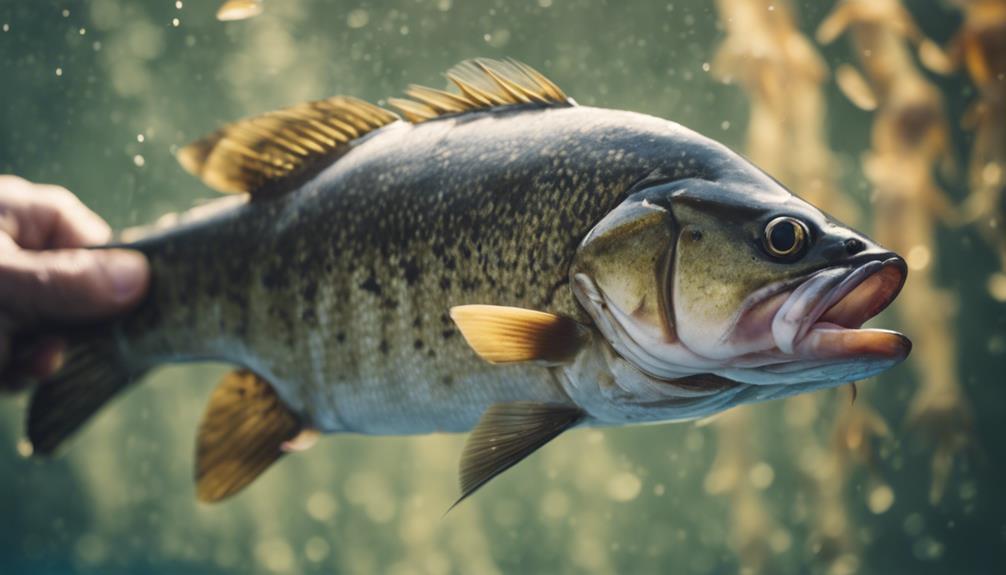
When line fishing, you can encounter a variety of common fish species such as bass, trout, catfish, redfish, snapper, salmon, tuna, and tarpon.
Bass are freshwater fish known for their aggressive nature, making them a popular catch among anglers.
Trout, on the other hand, are prized for their delicate flesh and are often found in clear, cold streams.
Catfish are bottom-dwelling creatures that can grow to impressive sizes and provide a thrilling fight when hooked.
Redfish and snapper are sought after in saltwater for their delicious taste and strong fighting spirit.
Salmon are highly prized for their flavor and are known for their challenging runs upstream.
Tuna are powerful swimmers that test an angler's skill and strength.
Seasonal Variations in Fish Availability
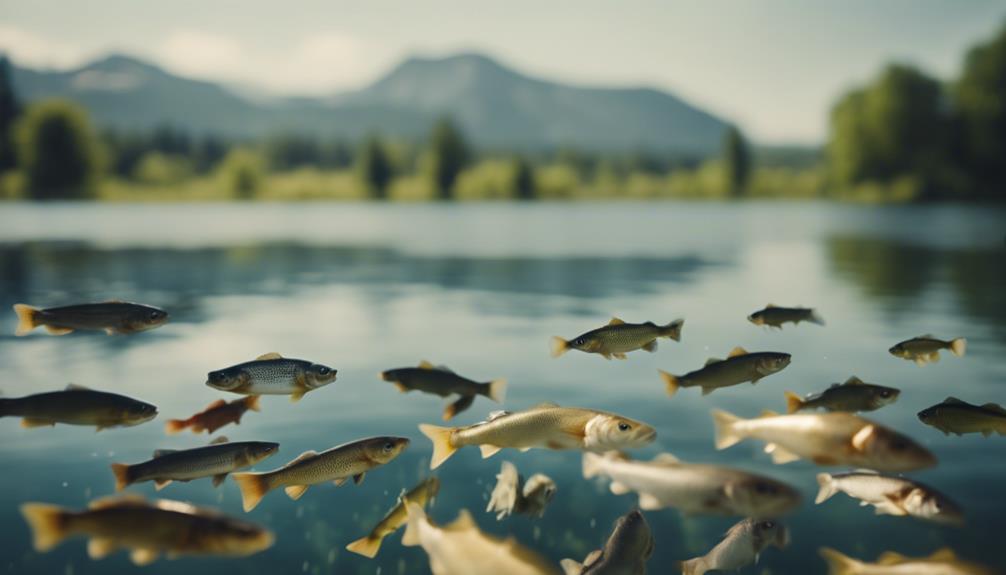
As you explore the variety of common fish species during line fishing, understanding the seasonal variations in fish availability becomes important for optimizing your chances of a successful catch. Different species may be more abundant in certain seasons due to migration patterns, spawning seasons, temperature changes, and food availability. Here are some key points to keep in mind:
- Spring and fall seasons often see increased fish activity as temperatures shift.
- Summer may offer diverse fishing opportunities with warm water species being more active.
- Winter fishing can be challenging but rewarding with certain cold-water species being more accessible.
Best Practices for Hand Lining
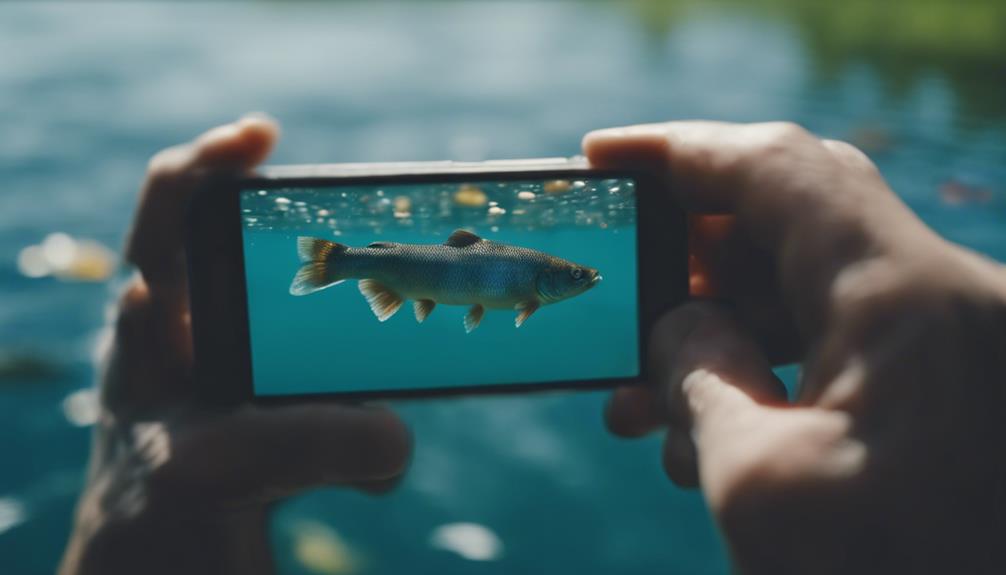
To maximize your success while hand lining, employing proper technique and handling is vital. Hand lining, a traditional method, involves using a single fishing line held in your hand. This technique requires skill and finesse to control the fishing line effectively and set the hook properly.
It's a popular method among artisanal and recreational fishermen due to its simplicity and direct interaction with the fish. When done correctly, hand lining can be a sustainable practice, aligning with conservation guidelines. By mastering the art of hand lining, you can enjoy a rewarding fishing experience while also contributing to the preservation of marine resources.
Remember to always follow local regulations and conservation guidelines to guarantee the sustainability of your fishing practices.
Targeting Specific Fish With Hand Line
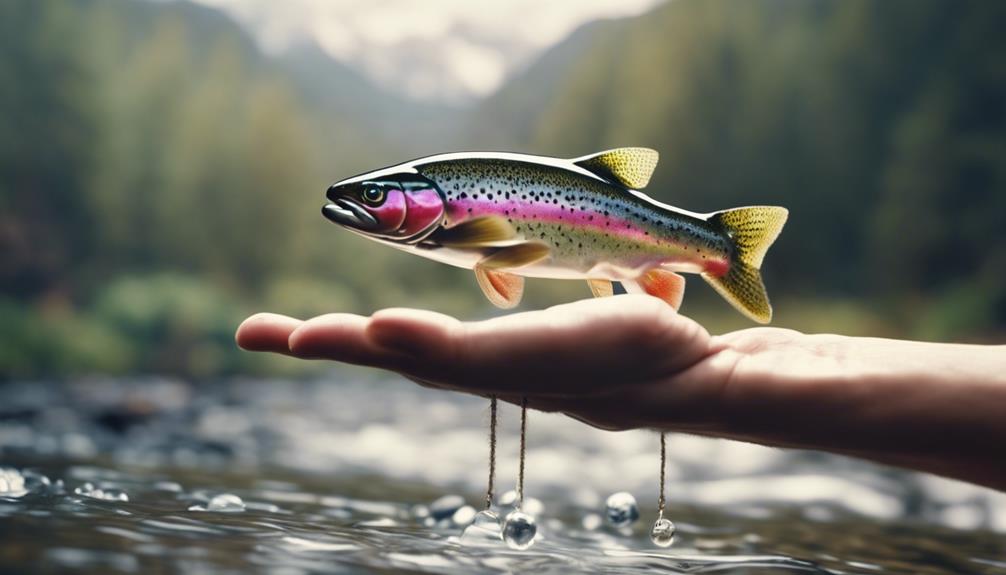
Maximize your hand lining success by targeting specific fish such as tuna and large pelagic species. When hand line fishing, you can enhance your chances of catching your desired fish by employing selective fishing practices. Consider the following techniques:
- Target Fish: Aim for species like tuna and other large pelagic fish known for their fighting capabilities.
- Barbless Hooks: Use barbless hooks to minimize harm to the fish and make catch-and-release easier.
- Chumming: Attract your target fish by dispersing small amounts of bait in the water.
Local Regulations and Catch Limits
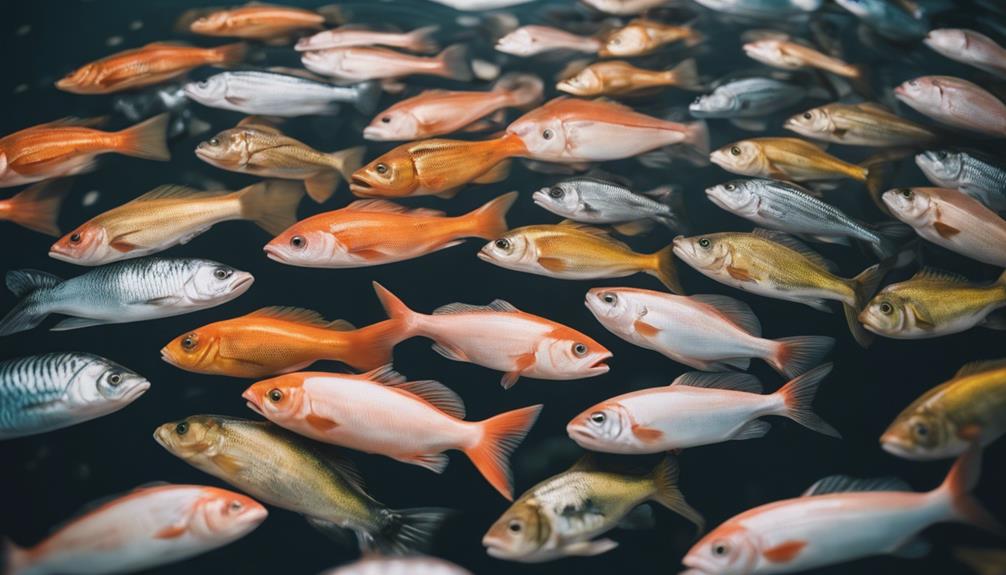
Local fishing regulations and catch limits play an important role in preserving fish populations and supporting sustainable fishing practices. Catch limits are set based on scientific data and conservation goals to prevent overfishing and maintain ecosystem balance. These regulations vary by region, species, and fishing season.
Violating catch limits can lead to fines, penalties, or the closure of fishing areas to protect vulnerable fish stocks. As anglers, it's vital to stay informed about local regulations, practice catch-and-release when appropriate, and contribute to conservation efforts.
Conclusion
To summarize, line fishing offers a great opportunity to catch a variety of fish species depending on the type of line and fishing methods used. From small river trout to large ocean sharks, there's a wide range of fish that can be caught with the right equipment and techniques.
By following best practices, targeting specific fish, and adhering to local regulations, anglers can enjoy a successful and rewarding fishing experience.
👨👩👧👦 Dwight’s a married dad of 4 who loves to cast a line 🎣 into both fresh and salt waters. His heart belongs to his family and the sea. 🌊 #FamilyMan #FishingLife #DadOf4 🐟✨

